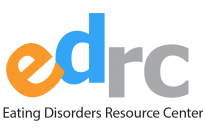Here’s what parents need to know.
According to the psychologist Erin Accurso, the clinical director of the eating disorders program at the University of California, San Francisco, “our inpatient unit has exploded in the past year,” taking in more than twice as many adolescent patients as it did before the pandemic. Dr. Accurso explained that outpatient services are similarly overwhelmed: “Providers aren’t taking new clients, or have wait-lists up to six months.”
The demand for eating disorder treatment “is way outstretching the capacity to address it,” said the epidemiologist S. Bryn Austin, a professor at the T.H. Chan School of Public Health and research scientist in the Division of Adolescent and Young Adult Medicine at Boston Children’s Hospital. “I’m hearing this from colleagues all across the country.” Even hotlines are swamped. The National Eating Disorders Association helpline has had a 40 percent jump in overall call volume since March 2020. Among callers who shared their age over the last year, 35 percent were 13 to 17 years old, up from 30 percent in the year before the pandemic.
Written by Lisa Damour.
Click here to read the rest of this article.
If you or someone you know is struggling with an eating disorder, you can learn more about various care options here. EDRC provides support groups and maintains a comprehensive directory of specialized treatment providers in the Bay Area. You can also support EDRC’s mission further by making a tax deductible donation.






